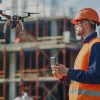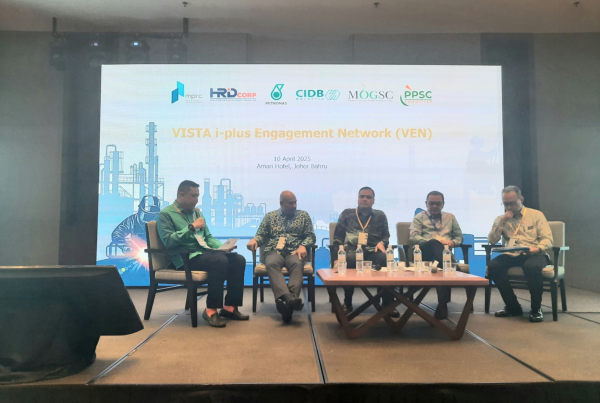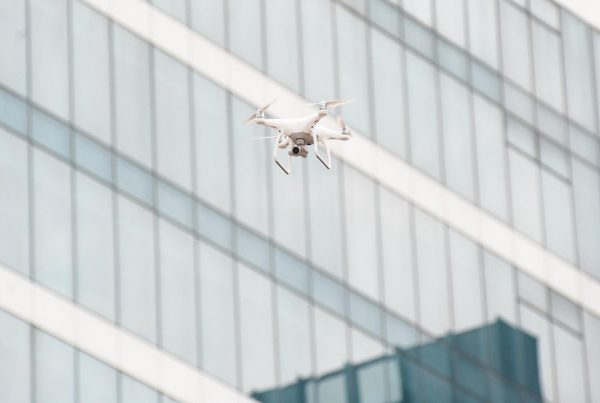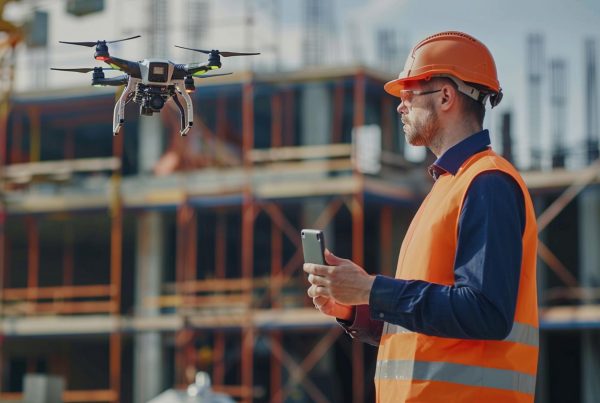
Augmented Reality (AR) and Virtual Reality (VR) technologies are revolutionising training methodologies and enhancing project visualisation and design reviews in the construction industry. These immersive technologies offer unparalleled opportunities to simulate real-world scenarios, provide hands-on training, and improve safety outcomes.
HSS Engineers have invested in training the staff to use Virtual Reality headsets, Augmented Reality software solutions, and mobile devices to develop their teams’ skills in using these technologies. They have also developed internal practices and policies for deploying these mixed reality solutions on various projects.
Training Construction Workers
AR and VR enable construction workers to undergo realistic training simulations in virtual environments without exposing them to the inherent dangers of live construction sites. Using AR or VR headsets, workers can immerse themselves in lifelike scenarios replicating various construction activities, such as working at heights, operating heavy machinery, or executing complex tasks. These simulations provide a safe and controlled environment for skill development, allowing workers to practice procedures, familiarise themselves with equipment, and refine their techniques without risking injury or damage to property. As a result, AR and VR training programmes enhance worker competency, reduce on-the-job accidents, and improve overall project safety.
Project Visualisation and Design Reviews
AR and VR technologies offer architects, engineers, and stakeholders a powerful tool for visualising construction projects and conducting design reviews with unprecedented clarity and accuracy. By transforming designs in models into immersive 3D environments, AR and VR facilitate enhanced spatial understanding and enable stakeholders to explore every aspect of the project in detail. Design elements, such as building layouts, structural components, and mechanical systems, can be visualised and evaluated from multiple perspectives. This allows for better-informed decision-making and more effective communication among project teams. Additionally, AR and VR enable stakeholders to experience virtual walkthroughs of proposed designs, identify potential design flaws or clashes, and iterate on design solutions in real-time, streamlining the design review process and reducing costly revisions during construction.
Challenges of Developing Bespoke Content
Despite their transformative potential, the adoption of AR and VR in construction training and design reviews poses challenges, particularly in developing bespoke content tailored to the industry’s specific needs. Creating high-quality AR and VR experiences requires specialised expertise in content creation, 3D modelling, software development, and access to advanced hardware and software tools. Moreover, designing realistic simulations that accurately replicate construction environments and activities requires collaboration between subject matter experts, instructional designers, and technology specialists. Developing bespoke AR and VR content for the construction industry demands significant time, resources, and investment in training and infrastructure, making it a complex undertaking for many organisations.
Augmented Reality (AR) and Virtual Reality (VR) technologies could be pivotal in training construction workers and improving project visualisation and design reviews. By leveraging immersive simulations, these technologies enhance worker safety, improve project outcomes, and drive innovation in the construction industry, albeit with challenges in developing bespoke content tailored to the industry’s unique requirements.
The final article in this series will discuss how HSS Engineers ensures design quality in construction by leveraging advanced technologies like BIM, AR, VR, and drones, combined with comprehensive skills development and continuous assessment.
Article 1: HSS Engineers Berhad: Embracing Technological Advancements in Construction
Article 2: Advantages and Challenges of Implementing Technology
Article 3: Transforming Project Planning with BIM
Article 5: Ensuring Design Quality in Construction














